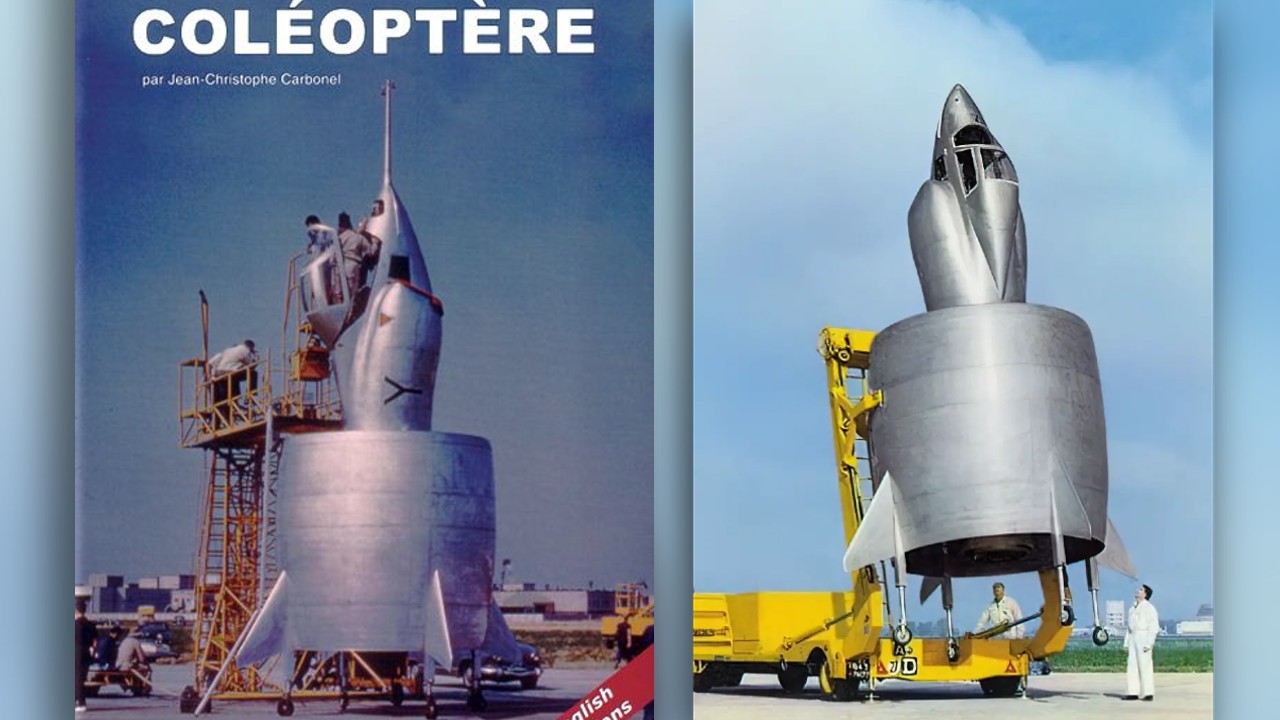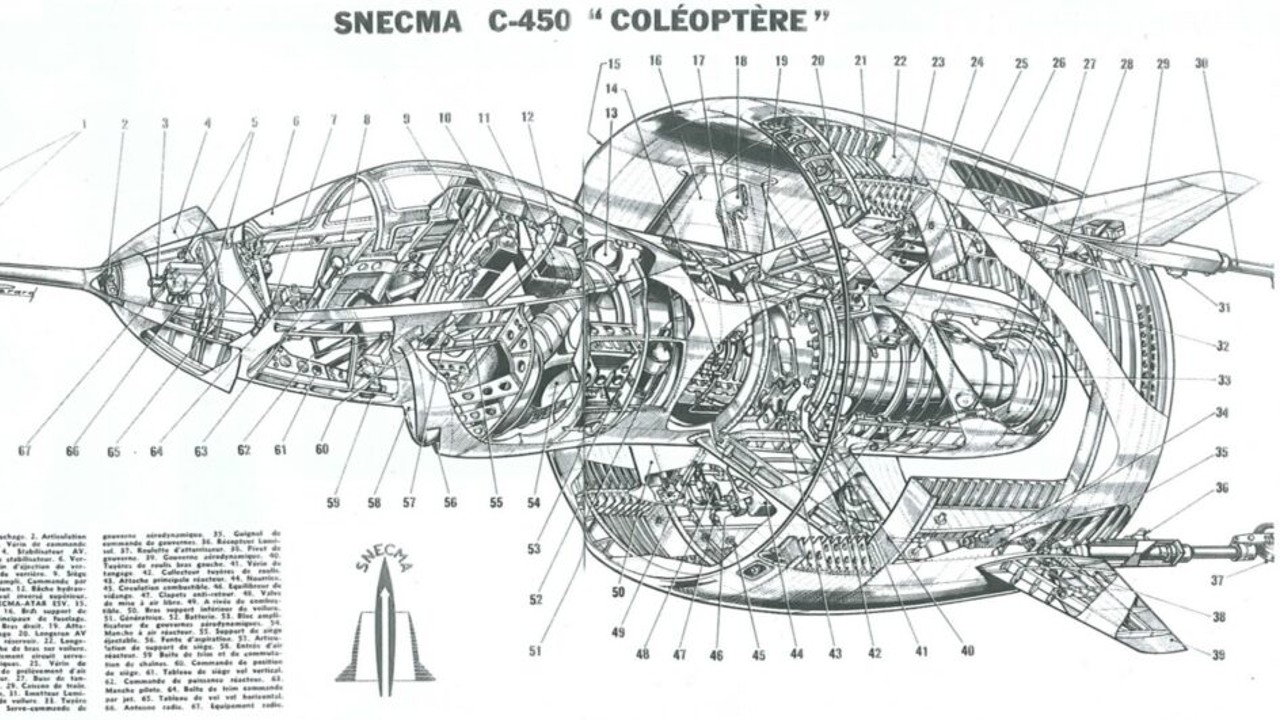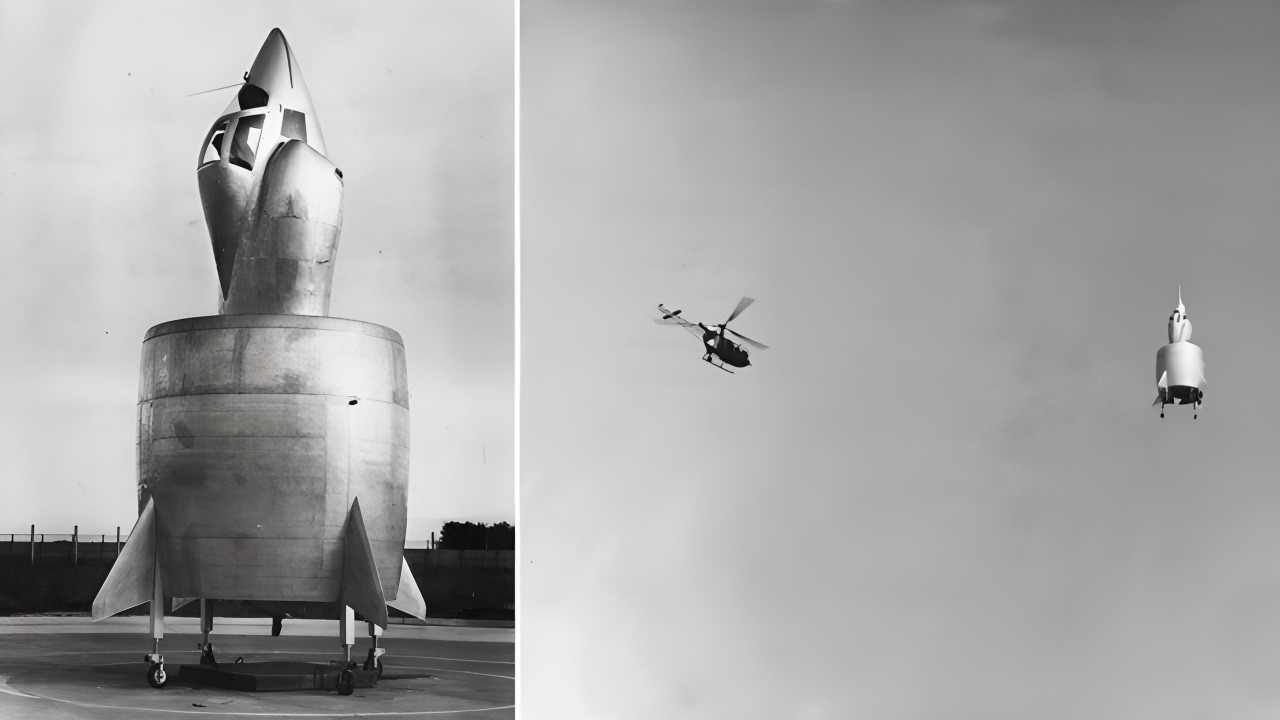Think of an airplane that has no wings. “How? Isn’t the thing that makes a plane a plane that it has wings? We hear you say, but yes, such a plane was indeed designed.
In the 1950s, a very different design from the traditional aircraft prototype was put forward. In this design It did not have a proper wing nor was its shape horizontal.
Years of development and testing were carried out for the aircraft, which wouldn’t look good if we put it in a science fiction movie. Alright After development efforts and a series of tests what happened? Let’s take a look, starting from the beginning.
They planned to increase the power of the aircraft and eliminate the traditional wing.
Conventional planes need a runway to take off properly. Wings strong enough for takeoff until it creates buoyancy Planes accelerate on this runway. More power can be given to shorten the path on the track.
This gives more power quicker take-off, In 1950s France, he gave birth to another idea. They decided to throw all the traditional airplanes aside and design something brand new.
Planes with enough power would be able to take off without needing a runway.
The French designed an aircraft named “C.450 Coléoptère”. Instead of gaining strength as it went along the runway, it would fly directly into the sky. On the wings to create buoyancy What would be used would be engine power.

Its shape resembled a rocket rather than an airplane. Planes that will resemble an angry swarm of bees will fly over their tails. With the ability to take off and land and take off from anywhere It would protect French airspace. This idea was not limited to France. It was later designed in the USA.
The C.450 Coléoptère was not as good a project as imagined.
Powerful engines alone were not enough. A wing was needed again. For this a cylindrical wing they designed. A single wing would serve many functions. The incoming air would compress, mix with the fuel, and ignite the plane. The triangular fins around the wing would provide directional control.

The cylindrical wing was theoretically better than a conventional wing because it created less drag, but in practice, parasitic friction caused by the structure of the wing, It caused more harm than good.
There was one more problem. The pilot’s back was towards the ground in this design. Designers designed a cockpit with a seat that can rotate 90 degrees, regardless of the direction of the aircraft.
Flight tests began in 1959.

The plane was actually able to stay in the air for minutes and rose up to 800 meters. But because of its shape It rotated slowly on its axis which made it quite difficult to control.
Also, there was no chance of landing without using engine power. During one of the tests, the plane crashed and the pilot barely survived. After this test, it was developed for several years. The prototype was destroyed.
Until now, many attempts have been made to design aircraft that are different from conventional aircraft, but none of them are anything like the aircraft we currently use. It hasn’t managed to be better or safer. C.450 Coléoptère was lost to history as one of them.
Our other contents that you will read with interest:
RELATED NEWS
A Series of Strange Accidents Caused by the World’s Most Dangerous Aircraft “TU-104”
RELATED NEWS
These are also grossly exaggerated: The Second World War of the Soviet Union. “Flying Tank” Designed in World War II
RELATED NEWS
Why Do Planes Have to Be Washed Every Seven Days? (If Not Done, Our Life Safety May Be in Danger!)
RELATED NEWS
If you see the word “SSSS” on your plane boarding pass, you should not be worried! So What Does It Mean?
RELATED NEWS
